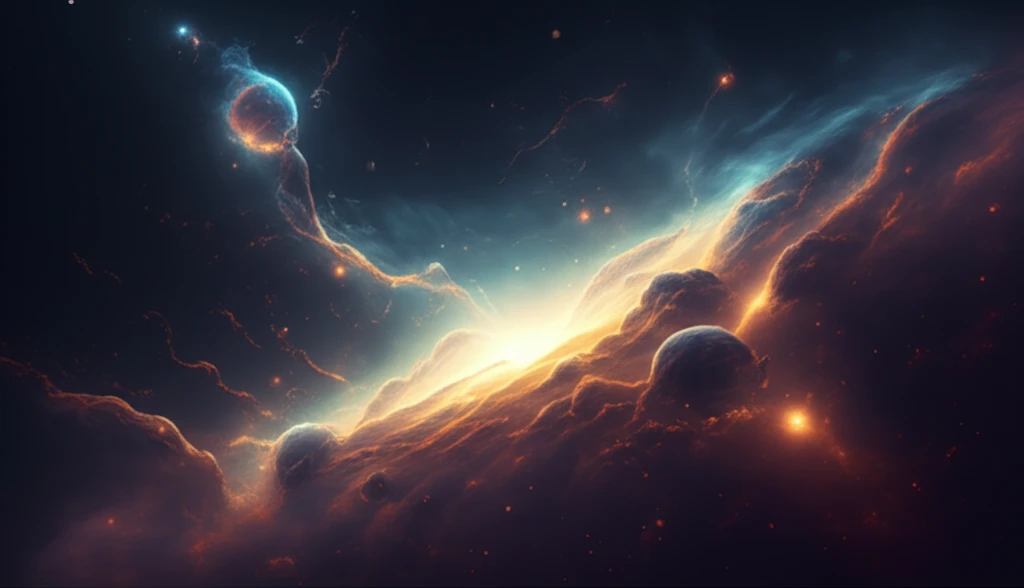
Unlocking the Secrets of Star Formation: Are We Miscalculating Stellar Masses?
"New research sheds light on the uncertainties and biases in estimating the mass of starless cores and protostellar envelopes, challenging our understanding of stellar evolution."
For decades, astronomers have relied on the measurement of far-infrared thermal dust emission to estimate the masses of dusty objects in space, particularly starless cores and protostellar envelopes—the seeds of future stars. These mass estimates form the basis of our knowledge about how stars originate and evolve from clouds of gas and dust. However, recent research indicates that these measurements might not be as accurate as previously thought.
A study published in Astronomy & Astrophysics delves into the uncertainties and biases inherent in the methods used to derive these crucial mass estimates. The research highlights potential errors stemming from various assumptions and observational limitations, calling for a re-evaluation of how we interpret data related to star formation.
By employing complex radiative transfer models, the study investigates the impact of factors such as non-uniform temperatures, the far-infrared opacity slope, and the methods used for background subtraction. The findings reveal that the derived masses could be significantly off, impacting our broader understanding of star formation processes.
The Problem with Temperature: Why the Uniformity Assumption Fails

One of the most significant issues identified in the study is the assumption of a constant temperature within starless cores and protostellar envelopes. Traditional methods assume a single temperature can represent these objects, simplifying calculations and making mass estimations feasible. However, the reality is far more complex. Protostellar envelopes, for example, are centrally heated by accretion luminosity, resulting in a wide range of temperatures within the same object.
- Temperature Gradients: The study highlights how temperatures vary significantly within these objects, especially in protostellar envelopes.
- Emission Skew: Warmer regions emit more intensely at shorter wavelengths, distorting the overall spectral shape.
- Mass Underestimation: Traditional methods that assume uniform temperatures can underestimate masses by factors of 2 to 5.
Moving Forward: Towards More Accurate Mass Estimations
The research underscores the necessity for a paradigm shift in how astronomers approach mass estimations of starless cores and protostellar envelopes. It advocates for incorporating the complexities of temperature variations and other factors into models to obtain more precise and reliable results. This will involve refining existing methods and potentially developing new techniques that account for the limitations of current approaches. By addressing these uncertainties and biases, scientists can build a more accurate framework for understanding the intricate processes of star formation and the evolution of cosmic structures.
